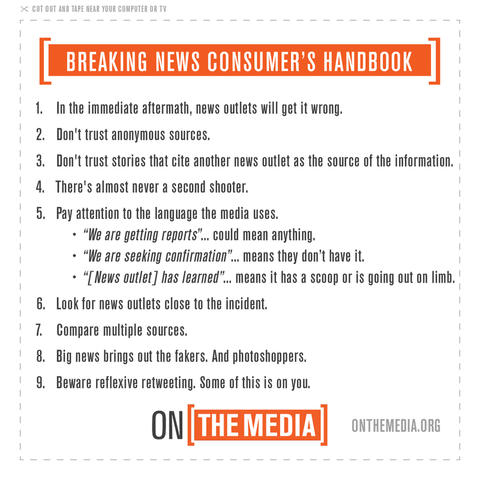@nev @Sheril As someone who has worked in search & rescue for a long time, news media cannot get the most basic of facts correct quite often. My favourite example is a cave rescue where the media area was within site of the cave entrance. We give news crews written reports so they have easy facts that are harder to mess up.
Know what that evening's highlight was?
1. How we drove ATV's into the cave for the rescue. There were none on site, and the cave entrance they showed while saying this you could see people squatting down to crawl into, obviously far too small for even a dirt bike much less an ATV.
2. For safety, always carry your cell phone with you while going underground so you can call 911. Obvious to anyone who tries using their phone in a concrete building, cells don't work underground. If you think they just made up safety facts, our handout specifically notes that cell phones do NOT work underground so always tell someone where you are going and when you will be back for safety.
... a small story, simple obvious facts, and so much so wrong.
Extrapolate now...

